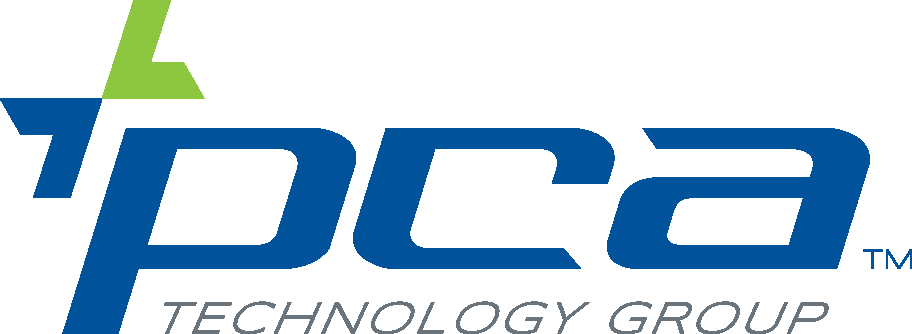Ransomware continues to pose a danger to individuals and businesses alike, especially to small- and medium-sized businesses that lack the resources to combat and recover from ransomware attacks. Fortunately, there are several steps you can take to protect your organization from ransomware.
What is ransomware?
In order to prepare yourself for ransomware attacks, you need to understand what ransomware is and how you might be vulnerable to it.
Ransomware is a type of malicious software attack that denies access to the victim’s vital files and device until they pay a ransom, typically a large sum of money. These attacks often start with a message, usually through a phishing email, which tricks the victim into clicking on or downloading an infected attachment. Once they do, the ransomware infiltrates their device and encrypts their files, holding them hostage until the victim complies. In addition, ransomware can spread throughout the victim’s network and infect other systems before locking down data.
SMBs should be especially wary of ransomware attacks because of the financial devastation they can wreak. To illustrate, as of 2022, the average reported ransomware payment in the United States was $4.2 million. Even if the victim manages to recover their files without paying the ransom, the aftermath can be costly due to security evaluations and updates, increased insurance rates, fines for any regulatory breaches, and loss of reputation. Alarmingly, in 2023, the recovery costs for organizations that suffered a ransomware attack averaged at $1.82 million. Such costs are much harder for SMBs to withstand in comparison to larger enterprises.
5 Questions to consider
To determine how vulnerable your systems are to ransomware attacks, you need to answer the following questions:
- Are your devices outdated? Outdated devices tend to be highly susceptible to ransomware attacks because ransomware is designed to target unpatched vulnerabilities.
- Do you regularly update your software? Failing to keep your software current and updated exposes them to vulnerabilities that ransomware is designed to exploit.
- Do you regularly update your browsers and operating systems? Neglecting to update and patch web browsers and operating systems (OS) regularly can expose them to significant risks. Cybercriminals will target outdated OS vulnerabilities, leading to data breaches and compromised systems.
- Do you have a backup and disaster recovery (BDR) plan? If you haven’t established a reliable backup plan, your systems will be at cyberattackers’ mercy. A robust BDR plan can be a lifeline in a ransomware attack, as it could save you having to pay the ransom during an attack.
- Is your cybersecurity up to date? Cybersecurity helps detect ransomware and other cyberthreats in your systems. Make sure your cybersecurity is regularly updated so it can recognize the latest strains of ransomware and warn you in time to react.
Protecting yourself against ransomware
Here are a few steps to protect yourself against ransomware and mitigate the impact of such attacks on your business:
Have a solid backup plan
Having backups lets you restore your data from a secure data center and avoiding having to pay ransom. Safeguard your data from ransomware attacks by keeping copies in an unconnected server or an offsite location, such as a secure cloud server.
Avoid opening suspicious emails and links
Scammers may send phishing emails, social media messages, or SMS to trick you into installing malware on your device. Some of these messages can appear legitimate, pretending to be communications from known brands, financial institutions, government agencies, or members of your organization.
Monitor for suspicious activity
Ransomware consists of executable files or scripts that download and execute these files. Some strains of ransomware may even lie dormant in your systems until after a specified period or until certain conditions are met. To protect the network from infection, use monitoring tools to check for suspicious network traffic. These tools alert network administrators when malware attempts to perform actions, such as renaming numerous files. Keep in mind that some anti-malware tools can’t guard against newly discovered vulnerabilities that are exploited in zero-day attacks.
Educate your staff on ransomware
It pays to have employees who can identify cybersecurity threats, including phishing, ransomware, and social engineering scams. Since they are your first line of defense, training them on how to identify attacks can significantly reduce their likelihood of falling prey to various scams.
Update your software regularly
Constantly update your anti-malware applications, firmware, operating systems, and any third-party software. The more up to date your systems are, the more capable they are of recognizing and reacting to the latest threats.
If you are still worried about ransomware and other cyberthreats, contact PCA Technology Group today to learn how we can strengthen your cybersecurity posture.


